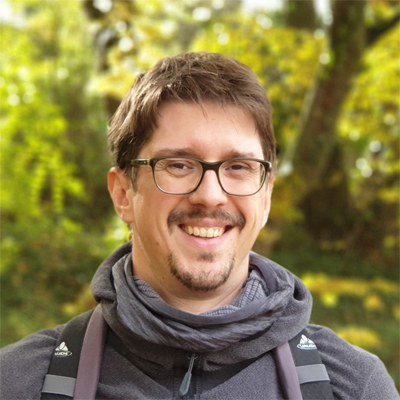Reverse Outlining
Writing papers, presentations or books is part of academic work. But usually this is not taught to us, we kind of learn by doing. Some are talents and some are not. I definitely needed a lot of time to wrap by head around writing and I still do, learning in the process. There is one technique however, that I unconsciously developed over the last couple years, only to learn recently, that this is actually a thing: Reverse Outlining.
I do not count myself to the kind of people to whom writing comes naturally. This is partly the reason why I started this blog, because I believe the more I need to write, the better I become. As I have some plans for the future, I really need to improve that. My problem however is, that I very quickly loose the overview of what I am actually writing about, at least in papers with 5.000 or more words. So what I always did, was to summarize each paragraph at the side of the page to keep track what I was actually saying. This helped me immensely and sometimes showed me where I lost my track to the argument. Well, this is basically Reverse Outlining.
How to create a Reverse Outline?
When you have written your draft and feel the need to evaluate where you’re at, Reverse Outlining is the right tool for you. Read through your paper and create a single sentence for each paragraph summarizing the point of it. It helps, if you are only allowed to use the words, you are using in the paragraph. When you have done that, evaluate your summaries. Do they lead logically to an argument? There are several things that you need to check.
Repetition and Redundancy
By summarizing your ideas of each paragraph, it becomes very obvious if you are repeating yourself. By evaluating paragraphs with the same idea, you can decide where to actually place that idea, because you don’t need to repeat yourself. In this step, you should also check if you put to many ideas into one paragraph, because that is usually too much. Each idea or point you are making should become their own paragraph.
The Reverse Outlining Flow

It is also important that your text “flows” from idea to idea and not jumps around like one of these crazy kids on a trampoline. By summarizing each paragraph, I think it is clearly visible how you build up your argument. Let’s say you want to write about using Reverse Outlining for scientific writing. It would make sense to structure your argument like this:
- Scientific Writing needs a clear structure in order to transport an argument
- Reverse Outlining helps to structure the text and minimize repetition and redundancy
- By utilising this technique, the argument has a clear build up.
- Therefore everyone can follow my ideas.
- This leads to transporting my argument more clearly.
Unnecessary Paragraphs
Reverse Outlining can also show you unnecessary paragraphs that actually don’t help you at all. I have these all the time. I start a paragraph by trying to make a point and then actually find, that I am talking about something completely different, that might be interesting, but does not help the paper. Scientific Writing is not about making the article entertaining, it is about well… doing science. So by identifying unnecessary paragraphs, you can delete them.
Reverse Outlining: And then?
So what do you do then? Reverse Outlining does not write a text for you, because it only helps in keeping track of your arguments. Of course you need to keep working on your text, but actually, creating a Reverse Outline and then reworking your text after evaluation doesn’t take that much time. For me, it even saves time, because instead of staring onto my paper for a couple of hours and reading it again and again to figure out what is missing, creating a Reverse Outline is a wonderful tool for doing that for you in no time.
If you tried this technique or have tried in the past, please let me know though the comments down below. I’d love to hear what the technique has done for you (or not).








